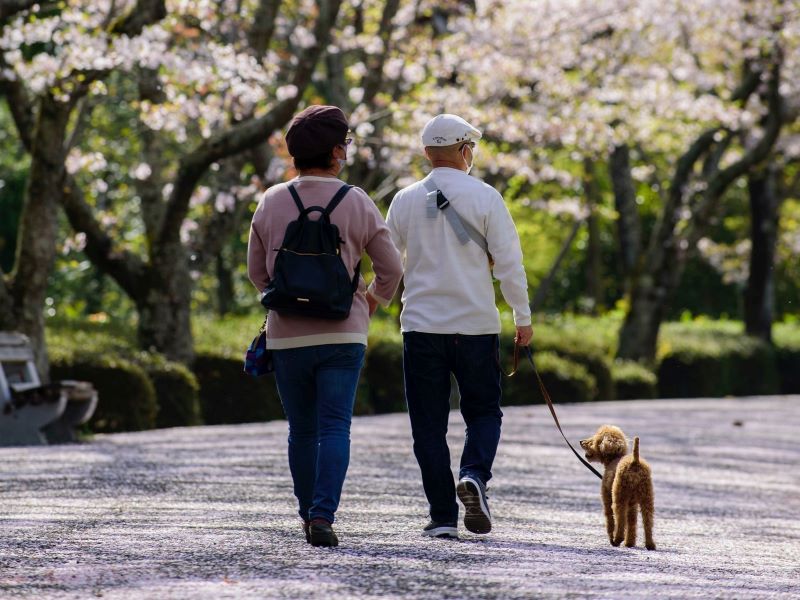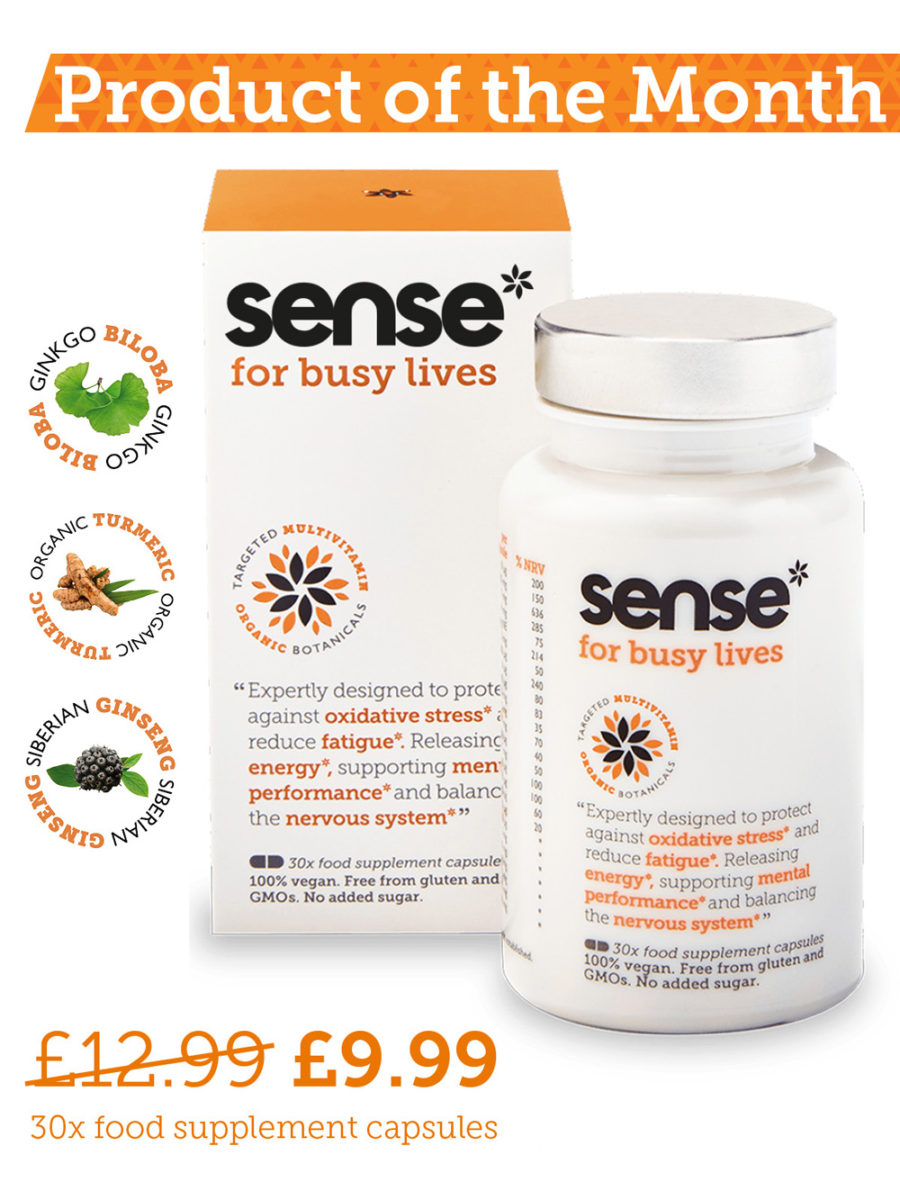
By Joan Ebsworth, guest writer for sense*, biologist and mother of sense* Founder, Jonathan on How to Fight Osteoporosis. Something that we all have to think about as we get older. Causing loss of bone density resulting in serious injury.
Osteoporosis and Me
Most people have heard of osteoporosis which means quite literally “porous bone”.
I have had it, quite seriously, I was told. And learned how to fight osteoporosis.
But I had to attend a special osteoporosis clinic once a year. Which turned out to be something of a waste of time and very unscientific. I just felt that it wasn’t accurate enough.
They would weigh me and measure my height. That was all.
Unscientific approach to measuring osteoporosis
Each year I wore something different, so even the clothes and shoes would have different weights. So where was the scientific accuracy?
So I stopped going and then my husband and I decided to move from the UK to live in Spain (for his health issues, not mine).
When did it start?
So how do I think my osteoporosis started?
When I was aged 40 I slipped my 5th lumbar disc quite badly. I could not walk without excruciating pain.
The treatment back then was bed rest. Not good for your bones or muscles.
I lay in bed for 3 months until I had a laminectomy (removal of the disc by surgery).
But I walked the following day without the terrible sciatica. And I haven’t stopped walking since that day to this!
I was so relieved to be able to move again.
Use it or lose it
But my muscle mass had deteriorated terribly after 3 months in bed and I believe that was when osteoporosis set in too. But I didn’t know it then.
What is Osteoporosis?
Osteoporosis is generally symptom less until you break a bone and then it is diagnosed.
It is a bone disease that occurs when the body loses too much bone, makes too little bone, or both. As a result, bones become weak and may break from a fall or, in serious cases, from sneezing or minor bumps.
Osteoporosis and the menopause
Aged 48 I had a sub-total hysterectomy. They left my ovaries at my request as I knew that what small amount of oestrogen I might be producing would be good for my bones amongst many other things.
I was so lucky in that I never “suffered” from menopausal symptoms. But these can coincide with the onset of osteoporosis.
Advent of bone scans
Then bone scans arrived on the scene and aged 58 I had one. Just a routine check.
Lo and behold I had osteoporosis in my spine and my hip girdle. Even though my diet was good and I walked every day, so why was it happening?
Medication on offer
The medication at the time was to prescribe bisphosphonates in tablet form. I think it still is!
I had done my homework on how to fight osteoporosis and I declined the offer.
There could be serious side effects and I didn’t want to push my luck with any pharmaceutical that could have serious side effects.
Side effects of medication
Later I watched my older sister suffer from these side effects. Problems with her oesophagus and stomach, difficulty swallowing etc.
Eventually she was given the medication by IV infusion and even that had its drawbacks. It was not good to watch.
Harden but not strengthen
Then there was the fact that these drugs would harden my bones but not strengthen them.
The bones can and do become brittle because of the medication. That to me is not how to fight osteoporosis
I decided to research more and it is an extremely complex issue.
What are bones made of?
Bone like most things biological is complicated.
We accept our skeleton as though it is some inert scaffolding. Supporting and protecting us. Giving us shape too but many people think it’s dead.
And would never think of it as living. How wrong could they be?
Bone as a living organism
Bone is very much alive! It is made of various cells (osteoblasts and osteoclasts being two of them), blood vessels, the protein collagen, pain sensitive nerve fibres, minerals and much more.
There is nothing “dead” about bone. Healthy bone is strong, yet slightly flexible (obviously they don’t bend, we have joints for that).
It can withstand the huge stresses that we put on it throughout our lives. Healthy bone is very resilient.
The bone account
I was once asked to think of bone in terms of a bank account. All about deposits of minerals and other nutrients and also the withdrawal of minerals and nutrients.
Up to 30 years old
From embryo form to about the age of 30 we make more “deposits” of materials. As the bones are growing and strengthening.
There are then “withdrawals” too as the bone tissue is active but the deposits win.
Over 30 years old
As we get older and older we start to make more “withdrawals” than “deposits” and the bone weakens.
It happens more in women than in men but men can develop it too. So we all need to learn how to fight osteoporosis from a relatively young age.
Factors that cause osteoporosis
There can be many causes for this happening in no particular order of importance:
- Hormonal imbalance –particularly oestrogen in women and low testosterone in men
- Having a history of a variety of medical conditions e.g. an autoimmune disease
- kidney, liver or lung issues
- Long term use of pharmaceutical medications
- Nutritional deficiencies – particularly minerals and vitamins e.g. deficiencies of calcium, potassium, magnesium, manganese, zinc, vitamins D and K2
- Inadequate protein in-take. I work on 0.5g of protein per kg –so around 25g of protein a day for me. It is worth working it out as much will depend on your level of activity.
- Inactivity – particularly a lack of load bearing activity (more later!)
- Obesity – possibly because of an acidic internal environment and inflammation
- Being excessively under weight too due to food restriction or malnutrition
- Stress – long term stress has detrimental effects on all body systems.
- Then there is good old ageing!
The body’s systems interact
We have to remember that the human body is made up of systems but they are not discrete. They all inter connect and affect each other.
Sadly, our medical care system doesn’t seem to work in this way. It is reductionist – only looking at one system or process too often rather than looking at the whole body.
Ways to improve, fight or avoid osteoporosis
So what can we do to avoid or reduce the incidence of this serious body deterioration?
The list might look reasonably familiar:
- A nutrient rich diet which is full of minerals and vitamins. Lots of green plants, as they acquire these minerals from the soil and so into us
- Daily exercise – including load bearing exercises. I reversed my osteoporosis by shopping for my groceries every day. Two bags – one in each hand – from supermarket to home.
- Eat sufficient protein – I eat a plant based diet and every plant contains protein. Many people think eating meat is what you need but it isn’t. Meat is too acidic so over-doing it is not a good idea for your bones.
- Have enough sunshine – for that vitamin D to get into your skin. I also supplement with 4000IU’s of vitamin D a day even though I spend a lot of time outdoors in sunny Spain.
- Avoid falling if at all possible – be aware of where you are and what your feet are doing! I have fallen a couple of times in the last 10 years but no bones were broken.
So sometimes it can’t be avoided but I decided to take more care when going to the shops/crossing the road etc. At 82 I’m not as sprightly as I used to be, almost but not quite😊
When someone with osteoporosis does fracture a bone then that bone can take a long time to heal properly or causing complications.
6. Follow an alkaline diet – lots of vegetables and low sugar fruits. Avoid alcohol if possible (to avoid falling😊 and it is quite acidic), avoid sugar and processed industrialised foods; processed meats, caffeine, smoking etc All are acid forming and an acidic internal environment can increase bone loss.
7 Supplement your diet – I do even with my healthy diet as I just don’t feel that today’s foods are as nutrient dense as they used to be and I really do focus on nutrient density.
I take many supplements including magnesium citrate, vitamins D3 & K2, zinc, omega 3’s and some calcium (make it citrate not carbonate). I also use sense* for joint & bone.
Revisiting my osteoporosis scan
For some reason aged 70, I had a scan again. I was expecting a bad diagnosis but not this time.
The doctors were amazed that at my age my bones were quite strong and not showing any serious signs of osteoporosis.
They didn’t want to see me again. In fact I haven’t returned for a follow up. I was so delighted!
Dairy products
I must mention dairy products and calcium too! My views may not be yours. Bear with me.
My belief (as a biologist) is that milk, which is high in calcium, is purely for mammalian babies not adults.
A human baby should stop being given milk once weaned from breast feeding (say aged 2). The same with a cow or a goat or a sheep.
By 10 months a baby cow is eating grass and gets no more milk from its mother.
Yet we keep these poor cows permanently pregnant to produce milk for the massive dairy industry. We take their babies away from them and usually kill them.
Wrong biologically and morally
My personal view is that this is totally wrong (biologically and morally). We don’t need to do this as we can obtain enough calcium from plant sources.
There is also a question mark over the bio-availability of the calcium in milk from other mammals like cows. Do we as humans actually absorb it? Probably not that well.
Many people as a result are lactose intolerant.
Everyone has to make their own minds up over this issue but there are now plenty of non-dairy milks on the market.
Being a vegan has never been easier😊
Summary: how to fight osteoporosis
So that is a highly simplified account of osteoporosis – and I hope that it makes you go out there to learn more.
In the USA they have calculated that 55% of the population over the age of 50 have osteoporosis – mainly women – but men too..
Just remember that all of those lifestyle issues that we have talked about in these articles are SO important. Particularly diet and load bearing exercise – in this case – but they all matter.
Good luck with your health!
This is not a sense* article. The views expressed in this article are those of the author so there may be opinions or statements in this article that are not approved by sense* and do not represent the views and opinions of the company.

